Giving youth its chance – why we need the FP1 young drivers rule and who's doing what in 2023
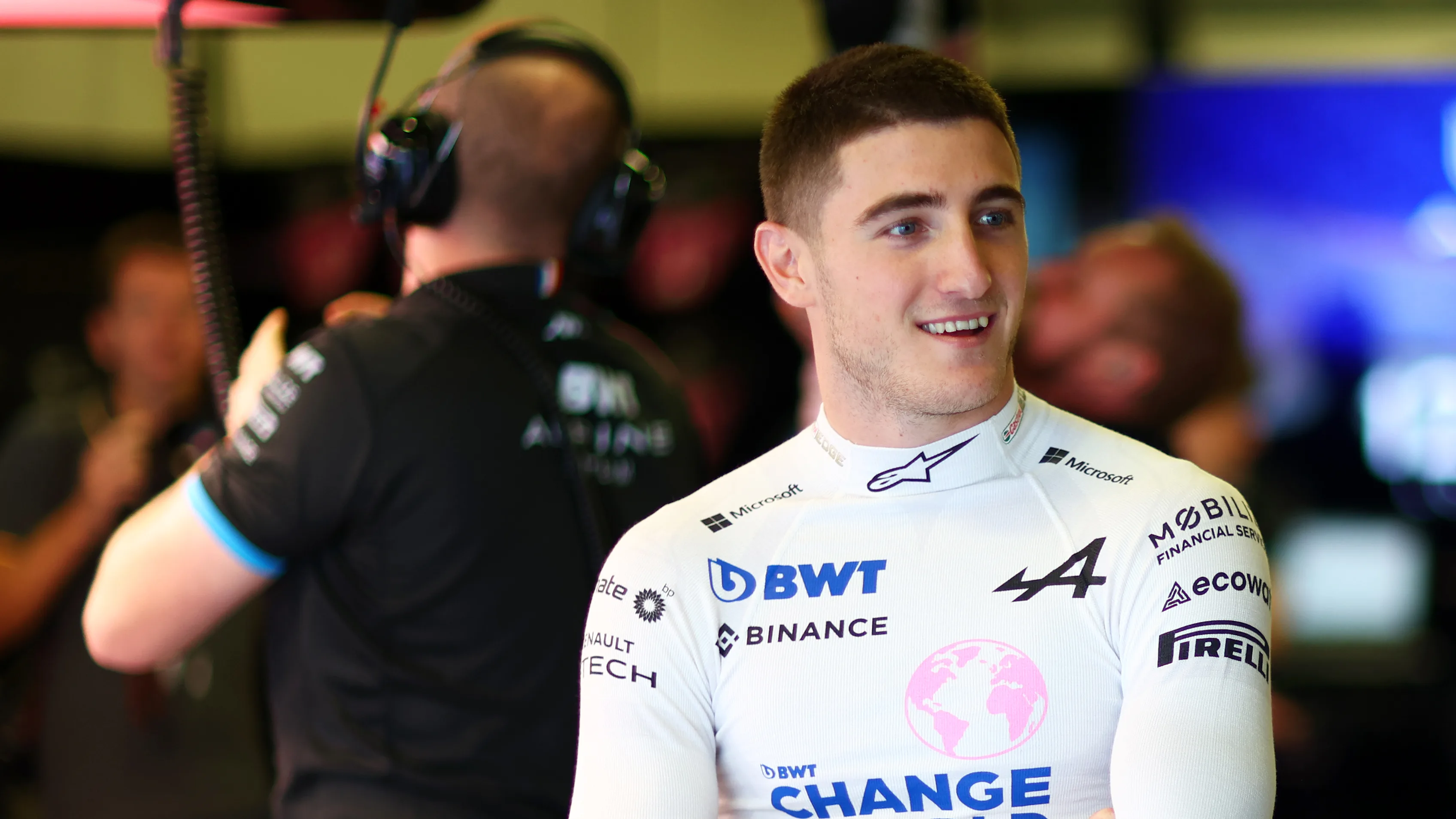
One of the more unusual, and yet least controversial, rules introduced in recent years has been the requirement for each race driver to give up a single FP1 session at some point in the season, to allow a Super Licence-holding rookie to take their place.
The sport’s definition of a rookie is a driver who has started two or fewer Grands Prix. It’s written in this way to not punish the Jack Aitkens and Pietro Fittipaldis of this world who’ve appeared as a substitute in the past for a stricken driver – but prevents a team bringing in Rubens Barrichello as a hired gun.
Next Up
Related Articles
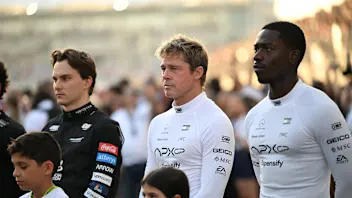 ExclusiveHow APXGP was brought to life by costume designer Julian Day
ExclusiveHow APXGP was brought to life by costume designer Julian Day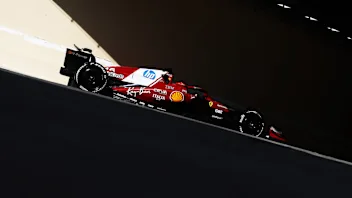 Ferrari confirm launch date for 2026 campaign
Ferrari confirm launch date for 2026 campaign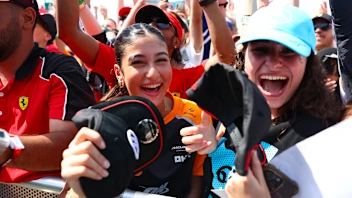 Formula 1’s record-breaking 2025 season in numbers
Formula 1’s record-breaking 2025 season in numbers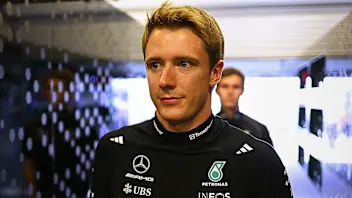 ExclusiveVesti on life as Mercedes reserve and his F1 plan
ExclusiveVesti on life as Mercedes reserve and his F1 plan Celebrating the first F1 Allwyn Global Community Awards
Celebrating the first F1 Allwyn Global Community Awards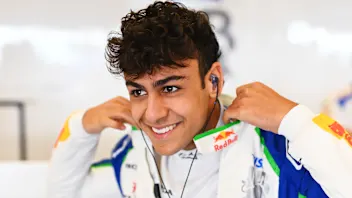 Lindblad's car number confirmed for rookie season
Lindblad's car number confirmed for rookie season
